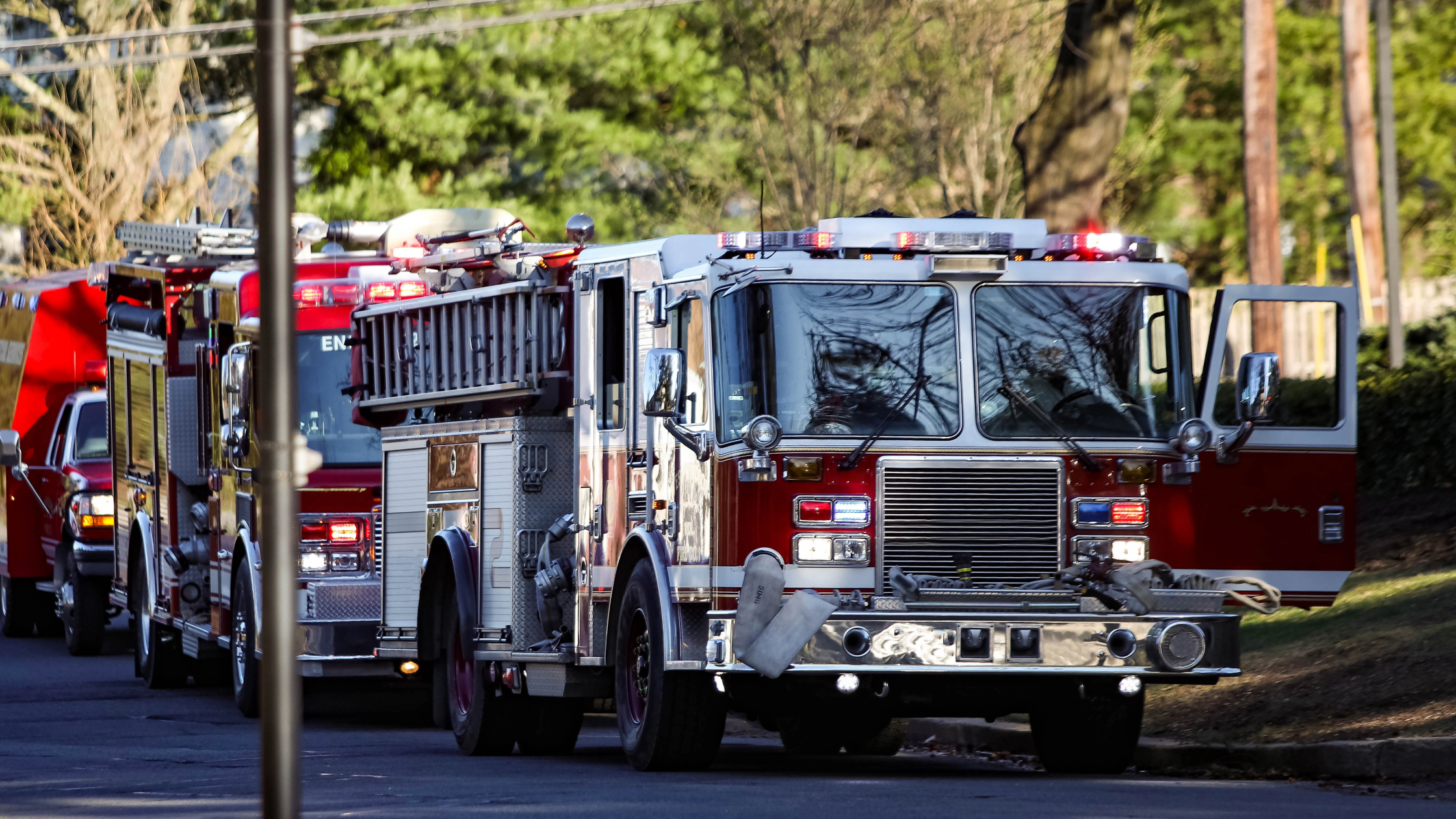Why policies, procedures & guidelines exist in emergency services—and how to make sure yours are being followed.
What can go wrong, will go wrong
Normalization of deviance
Are there possible deviances in your operations?
Is not following your SOPs and SOGs the norm?
Why are policies, procedures and guidelines important?
Developing mission-focused policies, procedures & guidelines
Not leadership; not your problem? Not quite. We all play a role here.
Personnel at every rank have some level of responsibility for your policies, procedures and guidelines and their effectiveness, for example:
- A fire chief (incident commander) is responsible for the overall mission—this includes knowing, demonstrating and instituting best practices including those in written form like policies, procedures and guidelines.
- Fire officers are charged with writing and interpreting policies, procedures and guidelines, looking for normalization of deviance and listening for signs of malicious compliance among their subordinates.
- Firefighters must focus on how to apply SOGs and SOPs in the appropriate way and look for possible deviances themselves.
Know your policies are never really “finished”
Here are a few things to consider when developing your evaluation process:
- When is it time to review and revise SOPs/SOGs?
- Who will review SOPs/SOGs and revise them?
- How can personnel at every rank be involved in the policy development process?
- How will revisions be communicated and taught to all personnel?
Remember: Planning can help everything go right
DISCLAIMER
The information contained in this blog post is intended for educational purposes only and is not intended to replace expert advice in connection with the topics presented. Glatfelter specifically disclaims any liability for any act or omission by any person or entity in connection with the preparation, use or implementation of plans, principles, concepts or information contained in this publication.
Glatfelter does not make any representation or warranty, expressed or implied, with respect to the results obtained by the use, adherence or implementation of the material contained in this publication. The implementation of the plans, principles, concepts or materials contained in this publication is not a guarantee that you will achieve a certain desired result. It is strongly recommended that you consult with a professional advisor, architect or other expert prior to the implementation of plans, principles, concepts or materials contained in this publication.
This blog post may contain the content of third parties and links to third party websites. Third party content and websites are owned and operated by an independent party over which Glatfelter has no control. Glatfelter makes no representation, warranty, or guarantee as to the accuracy, completeness, timeliness or reliability of any third party content. References to third party services, processes, products, or other information does not constitute or imply any endorsement, sponsorship or recommendation by Glatfelter, unless expressly stated otherwise.
Related posts
We asked 10 members of our VFIS Team to name one auto-related risk that they believe is underdiscussed in fire and EMS agencies. Here’s what they said.
Most volunteer fire departments rely heavily on POVs, but there are inherent risks you should know.
Establish a Emergency Vehicle Operations Program that includes driver/operator requirements to help ensure your vehicles are in the right hands.









Submit a Comment